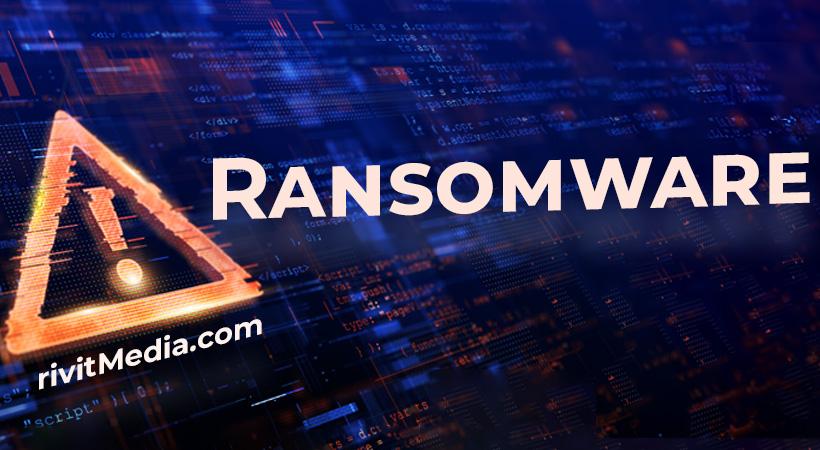.Water, a member of the notorious Phobos Ransomware family, stands as a malevolent virus designed to wreak havoc on users’ computers. Operating as file-encrypting ransomware, .Water infiltrates the system stealthily, encrypting valuable files and demanding a ransom for their decryption. This article aims to delve into the actions and consequences of .Water, shedding light on its malicious agenda, providing detection names, and offering an extensive removal guide. Additionally, preventive measures will be discussed to fortify users against future infections and data compromises.
Actions and Consequences
.Water employs a malicious encryption technique to render user files inaccessible. Upon infiltrating the system, it scans the hard drive for files of significant value, creating a list for encryption. The ransomware then encrypts these files, making them unusable, and subsequently displays a ransom note on the victim’s screen. The ransom note typically demands payment for the decryption key and warns against attempting to decrypt files independently or using third-party software, threatening permanent data loss.
Ransom Note Extract (info.txt):
YOUR DATA IS ENCRYPTED!
Unlocking your data is possible only with our software.
...
CONTACT US
Write us to the e-mail: aquaman@rambler.ua
...
ATTENTION!
Do not rename encrypted files.
Do not try to decrypt your data using third party software....Water Spread Methods: .Water employs various distribution methods, with malvertising being a prevalent tactic. Fake ads and seemingly legitimate offers can serve as gateways for the ransomware, infecting users who click on these deceptive elements. Other distribution channels include malicious email attachments, Trojans, infected web pages, and platforms distributing shareware. Users may unknowingly download the ransomware, as it operates without visible symptoms, making detection challenging.
.Water File Encryption: The .Water file encryption process is a malicious method employed by cybercriminals to hold user data hostage. This process converts targeted user files into encrypted data, rendering them unreadable and unusable. Unfortunately, there is no guaranteed method to restore encrypted files, making victims vulnerable to permanent data loss.
Removal Guide
Follow these thorough steps to remove .Water Ransomware from your system:
- Isolate Infected Devices: Disconnect infected devices from the network to prevent the ransomware from spreading.
- Boot into Safe Mode: Restart your computer in Safe Mode to minimize the ransomware’s active processes.
- Identify Malicious Processes: Use Task Manager to identify and end any suspicious processes related to .Water.
- Delete Malicious Files: Locate and delete all malicious files associated with .Water. Be cautious to avoid accidental deletion of essential system files.
- Restore Encrypted Files: If available, restore encrypted files from a secure backup created before the ransomware infection.
Best Practices for Prevention
To fortify your system against ransomware threats like .Water, adopt the following best practices:
- Regular Backups: Regularly back up essential files on external, secure storage to facilitate data recovery without succumbing to ransom demands.
- Security Software: Use reputable antivirus and anti-malware software to detect and block potential threats. Keep security software updated for optimal protection.
- Email Vigilance: Exercise caution with email attachments and links, especially from unknown or suspicious sources. Avoid downloading files or clicking on links unless certain of their legitimacy.
- Software Updates: Keep your operating system and all installed software up to date to patch vulnerabilities that could be exploited by ransomware.
- Educate Users: Educate users on safe browsing practices and the risks associated with clicking on unfamiliar links or downloading attachments from untrusted sources.
Conclusion
.Water Ransomware poses a severe threat to user data, employing encryption techniques to extort victims for financial gain. Understanding its actions, consequences, and employing the provided removal guide can help users mitigate the impact of this malicious threat. Implementing preventive measures is crucial for bolstering defenses against .Water and similar ransomware threats, ensuring a more secure digital environment. Remain vigilant, prioritize security practices, and stay informed to safeguard against evolving cyber threats.





